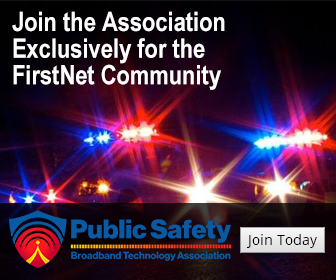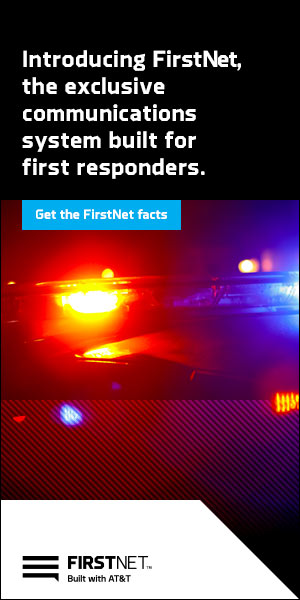
Vision to Reality
Andre V. Jones

“KSU SR42, 18J, Lot D, looking for a white Honda Civic, 1805 hours KNHD245” was the start of my career in public safety telecommunications (at Kennesaw State University [KSU], Department of Public Safety & University Police, Kennesaw, Georgia, USA). It was not, however, the career I initially chose. I started off wanting to be a doctor. More specifically, an OB/GYN. My logic was that people would always have babies (job security).
While at Kennesaw State University, I would listen to the city and county radio and dream about being as awesome and professional as those I observed. I would go home, and I would pretend I was 911 dispatcher, handling and dispatching the WORST events. Make no mistake, this was not child’s play. I had maps, manuals, everything! This was very detail-oriented and well-organized role-playing.
As it were, I would go down another path of “job security” related to emergency services and emergency management, on-boarding with Marietta E-9-1-1 (Marietta, Georgia) and later consolidating with Cobb Department of Public Safety 9-1-1/Communications Bureau (Marietta, Georgia). When I got behind the console, tragedy did not faze me because I had already dispatched every emergency there was. I had accepted that the caller’s crisis was not my crisis, and I was there to help them, not become part of their experience.
These abilities I attribute to my dream, one that manifested itself with the act of “pretending,” which I was quite good at. In doing so, I learned dedication, reliability, integrity, and objectivity as well as empathy, kindness, and discipline. For me, I learned how to see the world as it should be and to treat people within the world as they would want to be treated. I saw, I felt, I dreamt, and I appreciated and valued my version of the “land of make believe” where I could create the experiences. It was then that I committed to the profession with a vision to become the best communication center manager I could be. Part of my professional development plan included goals in higher education where I earned several degrees as well as aspirations of presenting at conferences.
The one thing I did not consider in this venture when I stepped up to be a supervisor is that I had to be people-oriented. Though I may have become a charismatic person, I realized that I couldn’t make anyone do anything no matter how much I tried to persuade them for the sake of progress. I may have been the “best dispatcher,” but that was not the job description of “supervisor.” Many times I had to step back and learn how to follow regardless of who was leading. THAT was tough.
I learned that you can only control what you can control. In leadership, you must engage, cultivate, and inspire people to get results. You develop a culture that does what needs to be done because there’s a shared sense of purpose and duty to do the right thing right, and not just waiting for someone to give orders. It’s called empowerment: making something organized seem improvised.
So I dreamed. Not whimsical and magical dreams, but optimistic dreams. Then I designed and developed the framework to make these dreams—the visions—become reality. After all, I will still be a doctor, just a Ph.D. instead of an M.D. It is about to be a new year. What do you dream of? Can it be reality?










